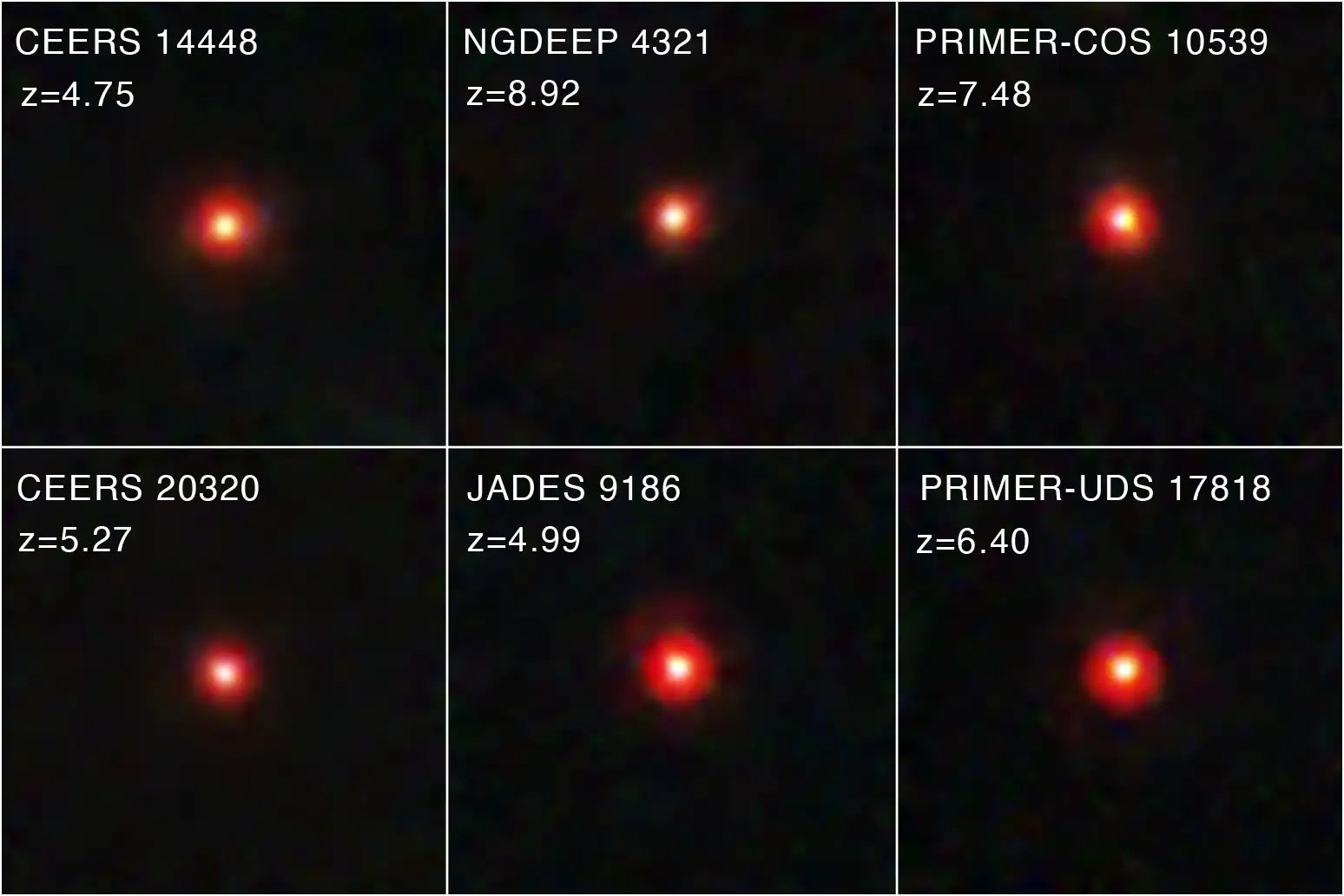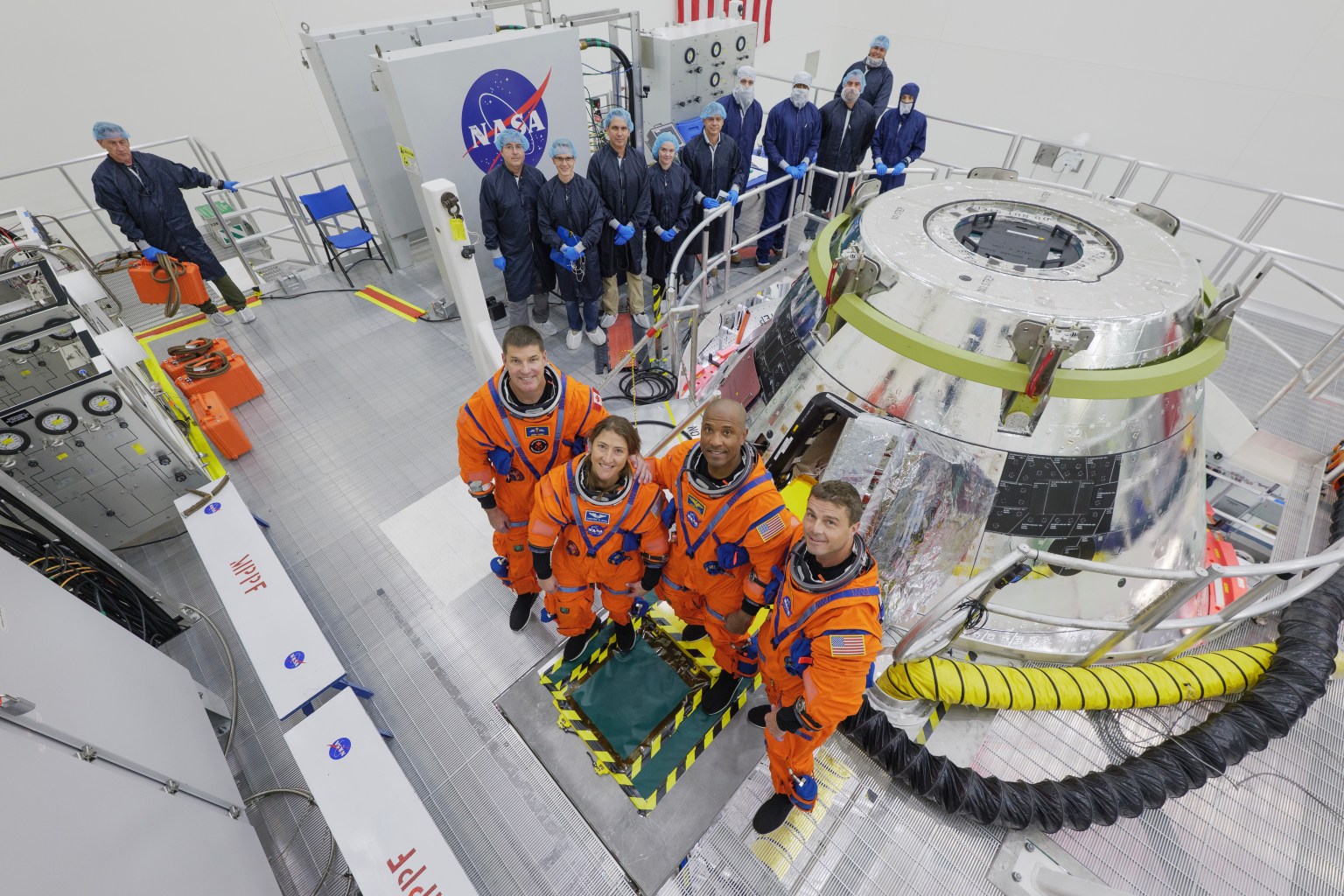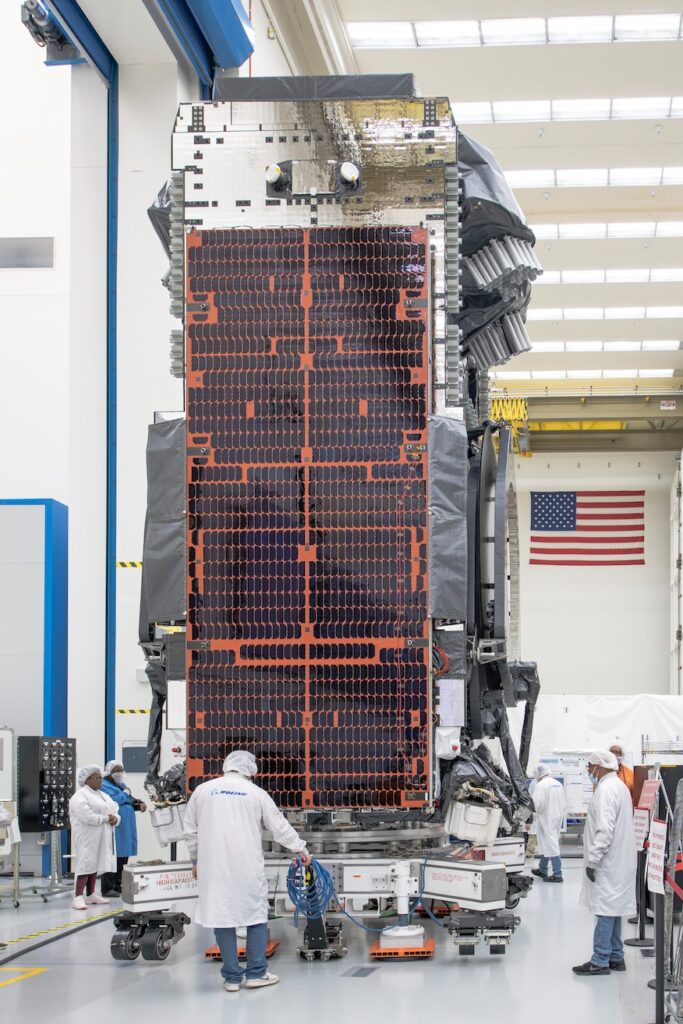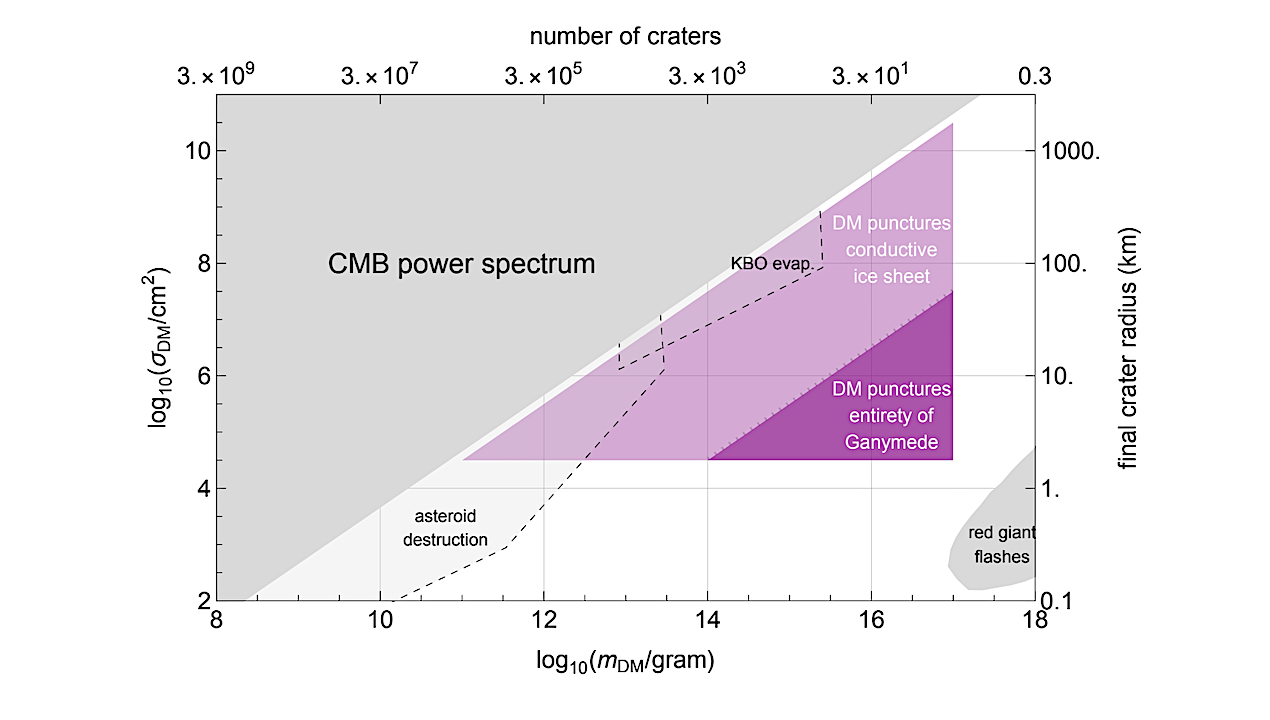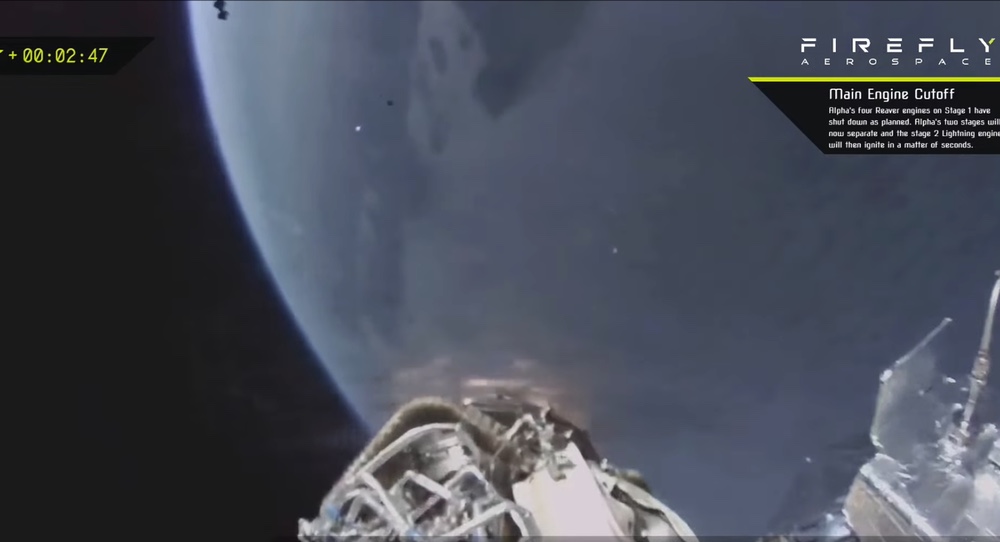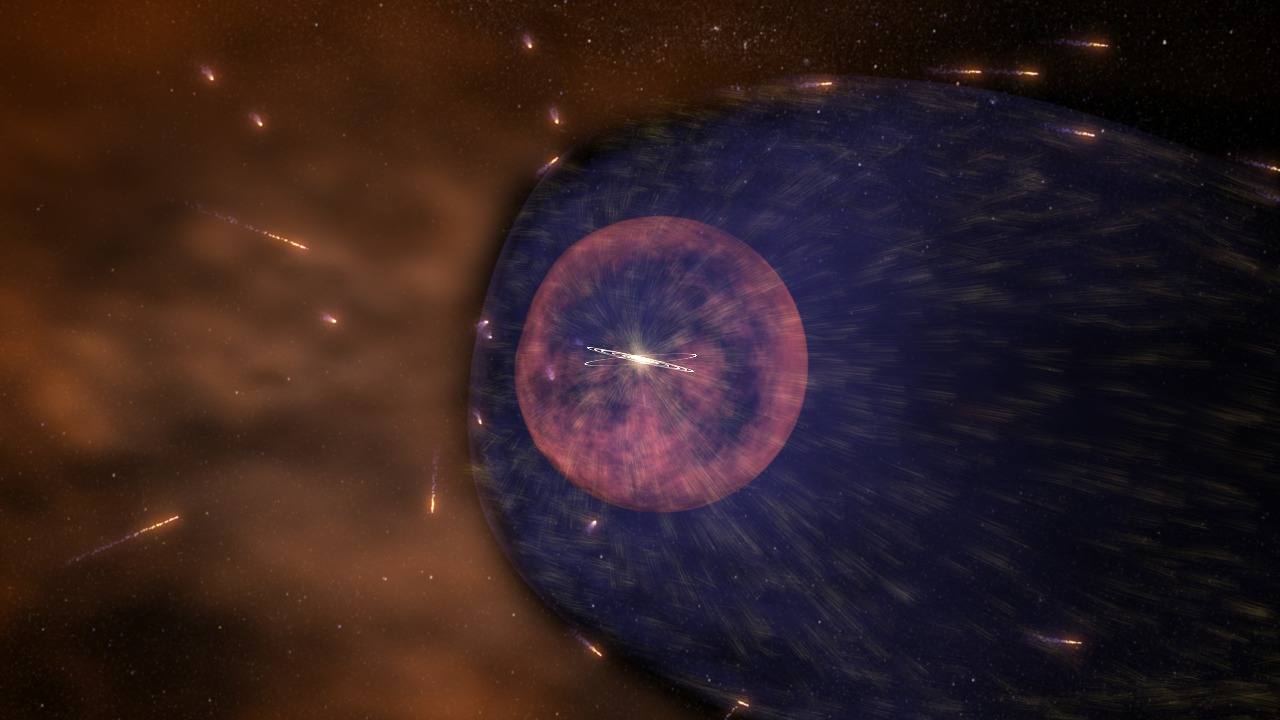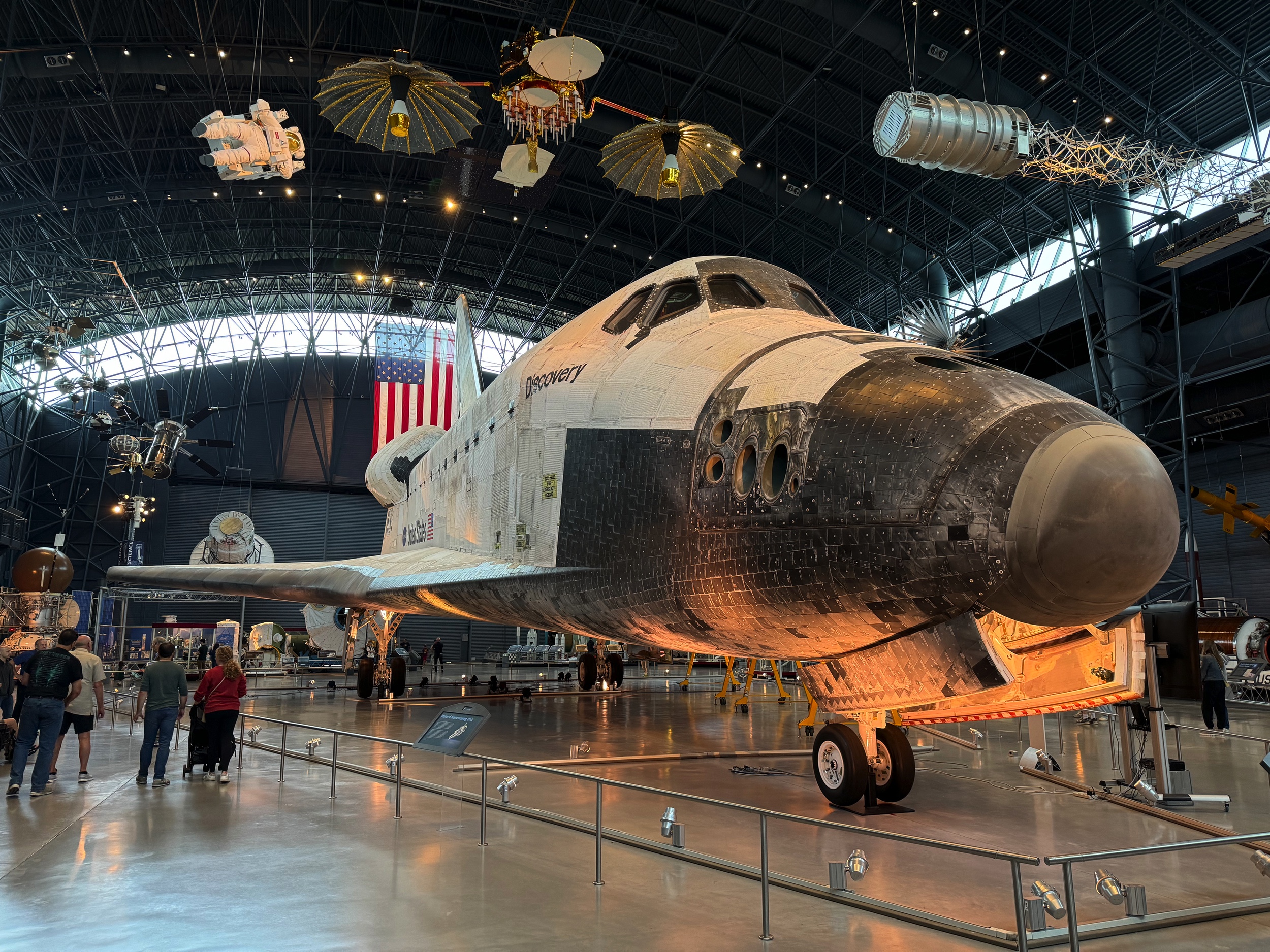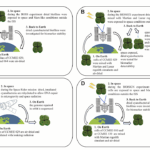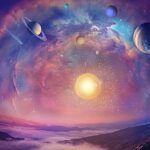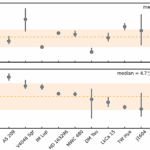Academy Award-winning “Star Wars” legend Roger Christian, mostly known for his detailed, “lived-in” universe production designs he created for George Lucas’s seminal space opera, is a true cinematic artist whose
Hot Posts504- Page
Sony cameras are renowned for their quality, but if you’re not using the right lens, you may not be getting the most out of your Sony camera. That’s why we
Little Red Dots are thought to be young supermassive black holes at the center of early galaxies. That would make them young versions of Active Galactic Nuclei. But Little Red
3 Min Read NASA Shares Final Contenders for Artemis II Moon Mascot Design Contest Lee esta historia en español aquí. NASA is down to 25 finalists for the Artemis II
An artist’s rendering of the Nusantara Lima satellite in gestationary Earth orbit. Graphic: Boeing An Indonesian company is looking to improve its space-based communications service with a state-of-the-art Boeing-built satellite
Status Report hep-ph August 4, 2025 The region in which dark matter impacts may leave detectable surface features on Ganymede. Gray regions correspond to existing constraints . The
WASHINGTON — Firefly Aerospace said its most recent Alpha launch four months ago was lost because of structural failure linked to higher-than-normal heating during the vehicle’s ascent. To continue reading
Cosmic rays could be a vital source of energy for life on icy moons, on Mars, or even on rogue planets that wander alone between stars; it’s possible, scientists say,
Understanding the early universe is a foundational goal in space science. We’re driven to understand nature and how it evolved from a super-heated plasma after the Big Bang to the
WASHINGTON — NASA has selected a shuttle orbiter to transfer to Houston, a move that faces logistical, fiscal and legal challenges. To continue reading this article: Register now and get3
-
 012024 in Review: Highlights from NASA in Silicon Valley
012024 in Review: Highlights from NASA in Silicon Valley -
 02Panasonic Leica Summilux DG 15mm f/1.7 ASPH review
02Panasonic Leica Summilux DG 15mm f/1.7 ASPH review -
 03How New NASA, India Earth Satellite NISAR Will See Earth
03How New NASA, India Earth Satellite NISAR Will See Earth -
 04And Thus Begins A New Year For Life On Earth
04And Thus Begins A New Year For Life On Earth -
 05Astronomy Activation Ambassadors: A New Era
05Astronomy Activation Ambassadors: A New Era -
06SpaceX launch surge helps set new global launch record in 2024
-
 07Space Force plans new ‘Futures Command’ amid pressure to speed up modernization
07Space Force plans new ‘Futures Command’ amid pressure to speed up modernization




